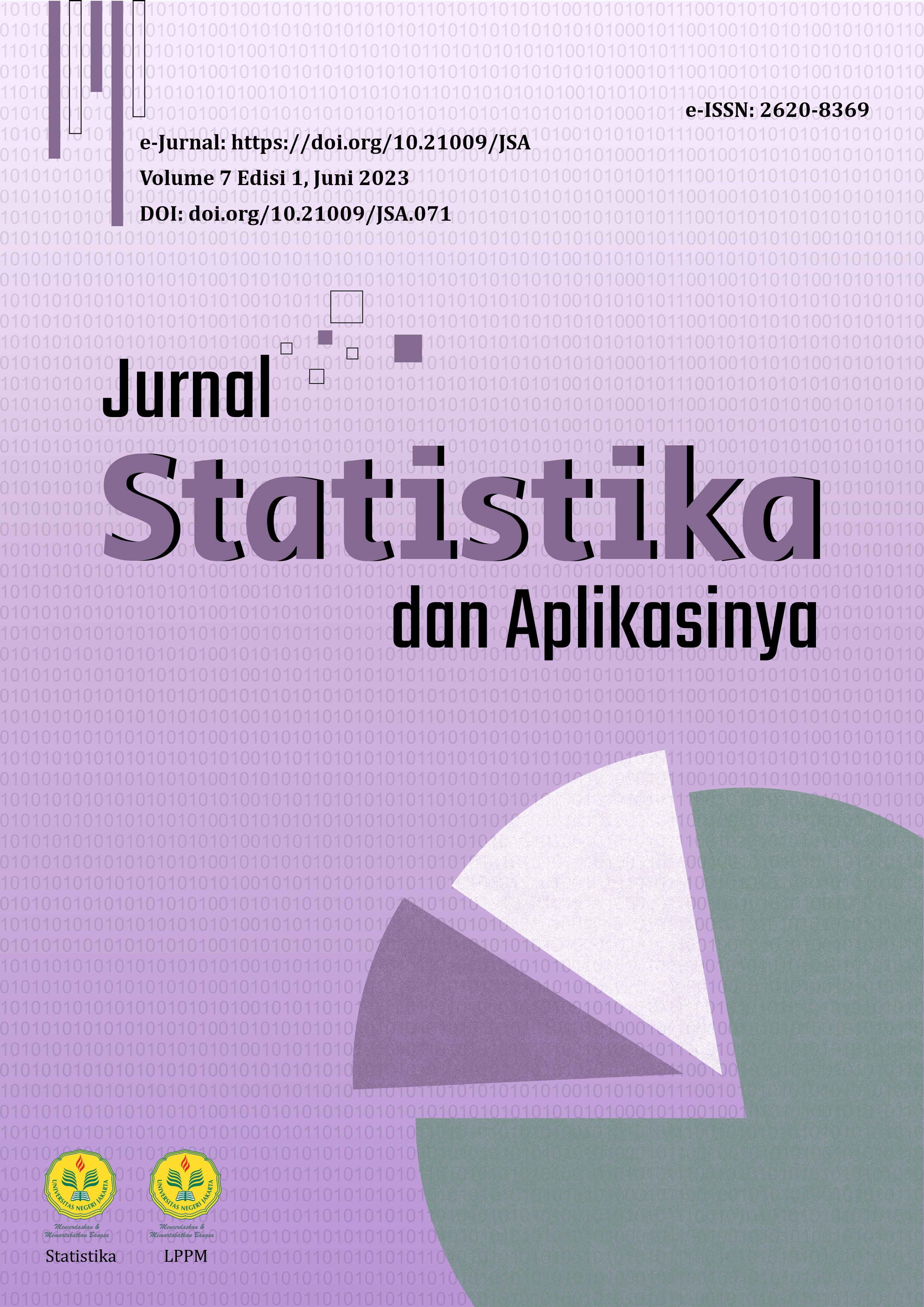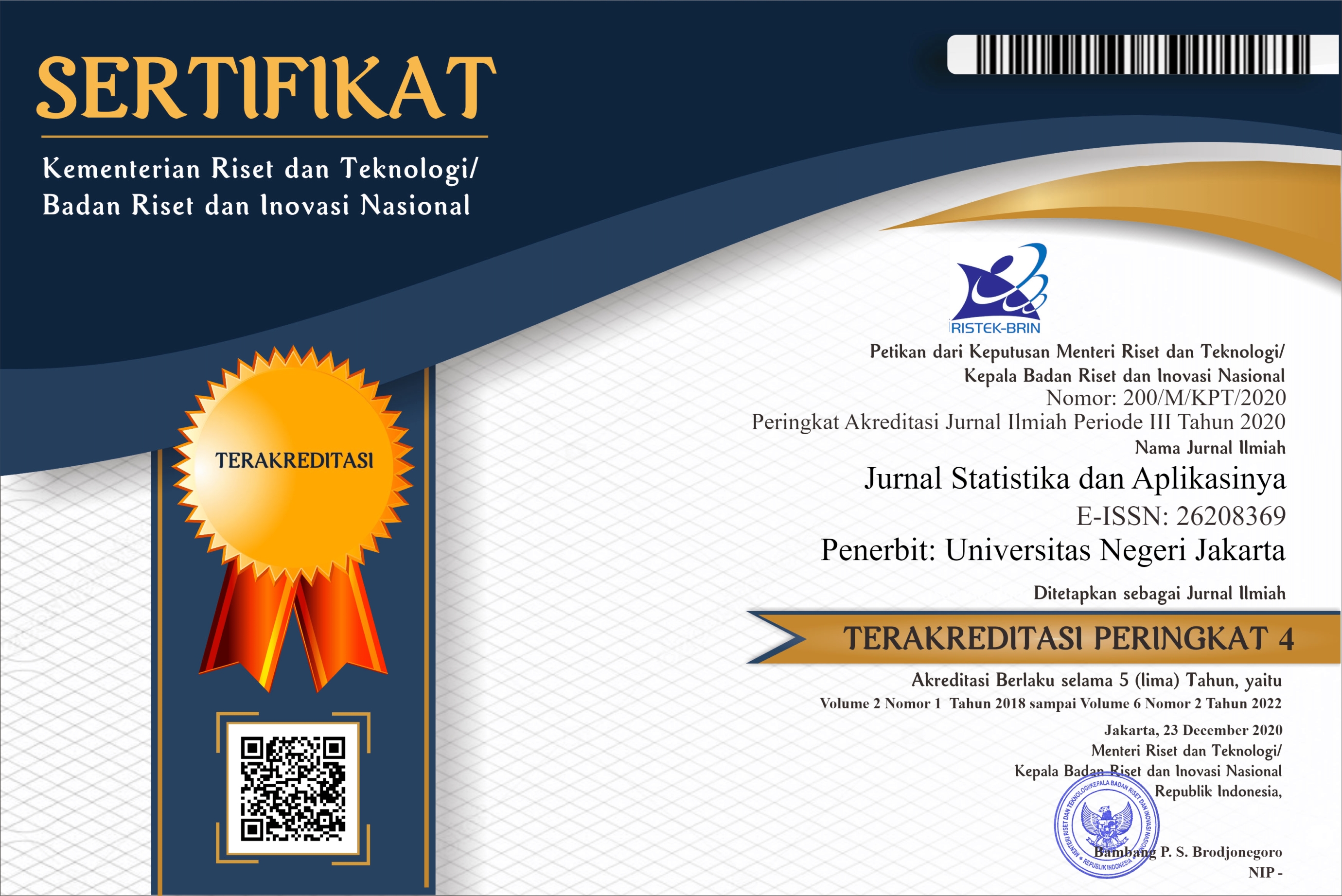Penerapan Analisis Jalur (Path Analysis) dalam Menentukan Faktor-faktor yang Mempengaruhi Angka Harapan Hidup di Wilayah Indonesia Bagian Tengah
DOI:
https://doi.org/10.21009/JSA.07107Keywords:
life expectancy, the average length of schooling, per capita expenditure, path analysisAbstract
Path analysis is an analytical method used to analyze direct and indirect effects between variables. This study uses path analysis to identify the direct or indirect effect of factors that are thought to nfluence life expectancy in the central part of Indonesia. The data used is secondary data and was obtained from BPS in 2017. The result of the model fit test show that the resulting model has a chi-square p-value of 0.121, indicating that the mdel is fit. In addition, the RMSEA (Root Mean Square Error of Approximation) value obtained is 0.087, which indicates a relatively small level of approximation error. The CFI (Comparative Fit Index) value obtained is 0.951 and the TLI (Tucker-Lewis Index) value obtained is 0.990. The results of the analysis show that there is a significant direct effect between the per capita expendicture and the average length of schooling on life expectancy. In addition, the average length of school variable also has an indirect effects on life expectancy through the per capita expenditure variable. This indicates that education has a positive impact on increasing per capita expenditure and ultimately contributes to an increase in life expectancy.






